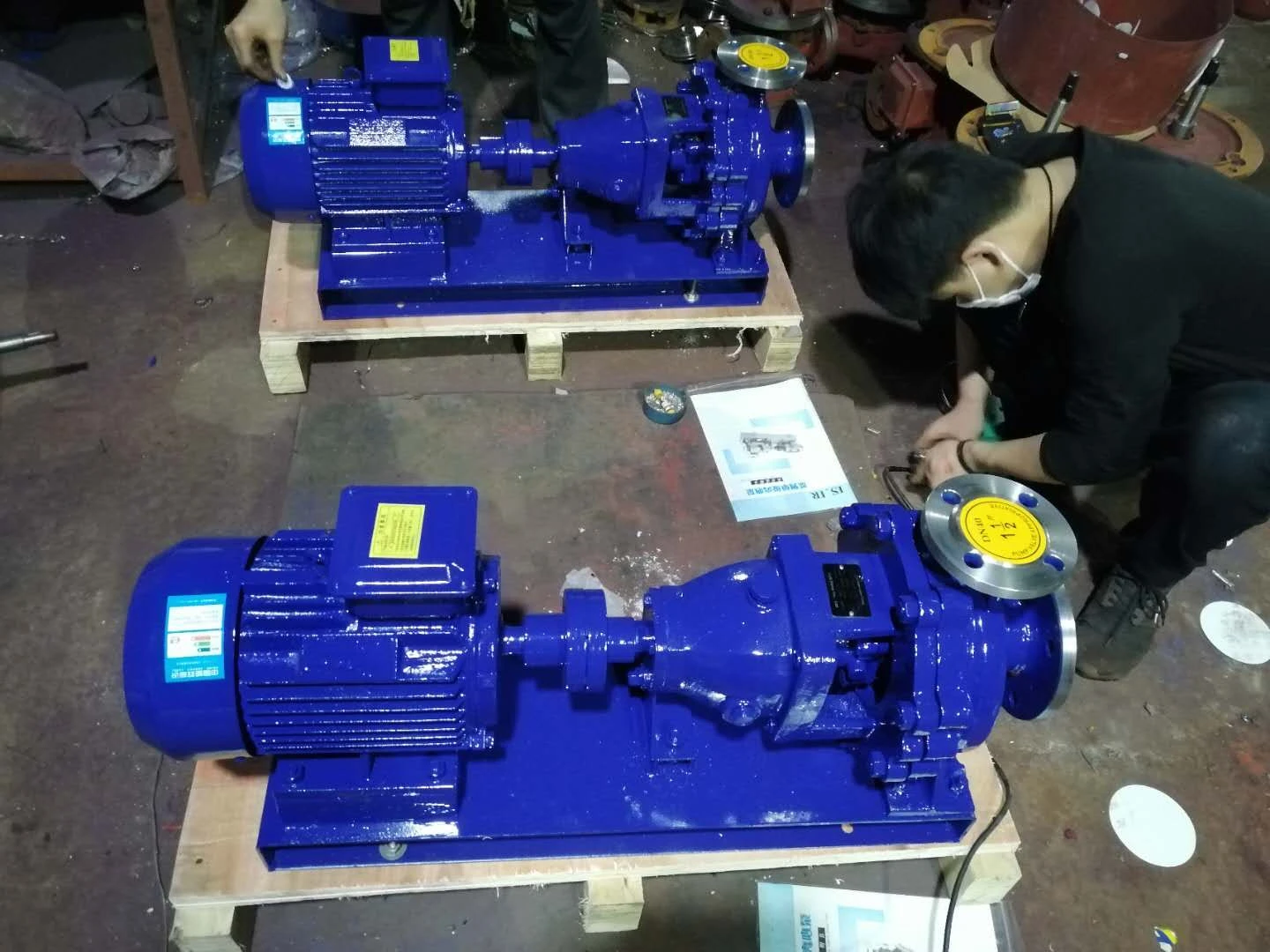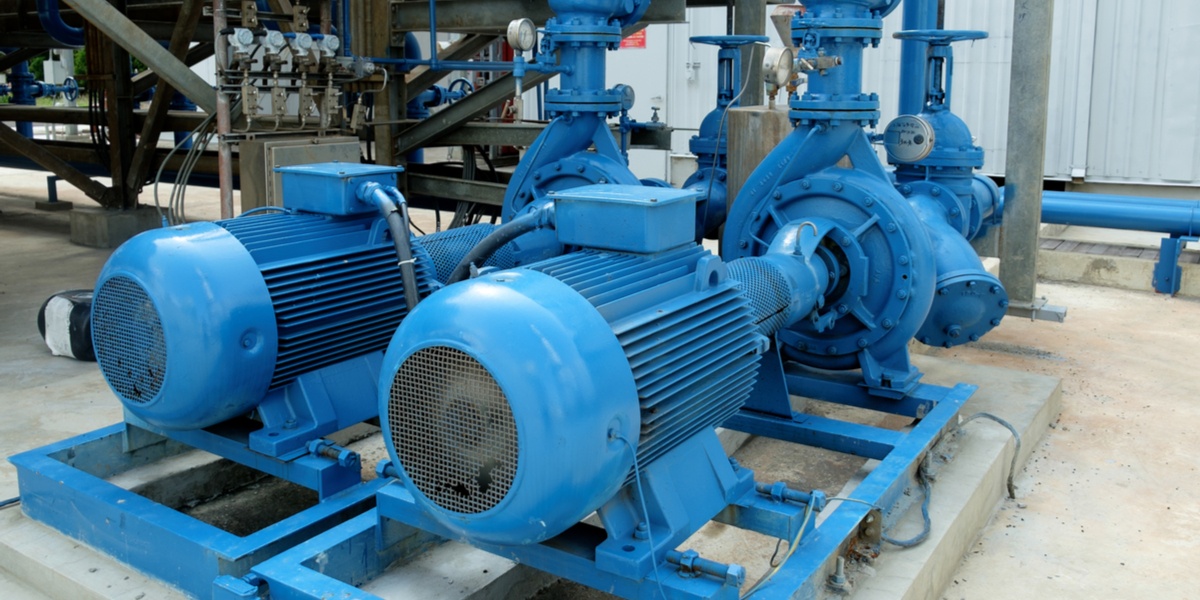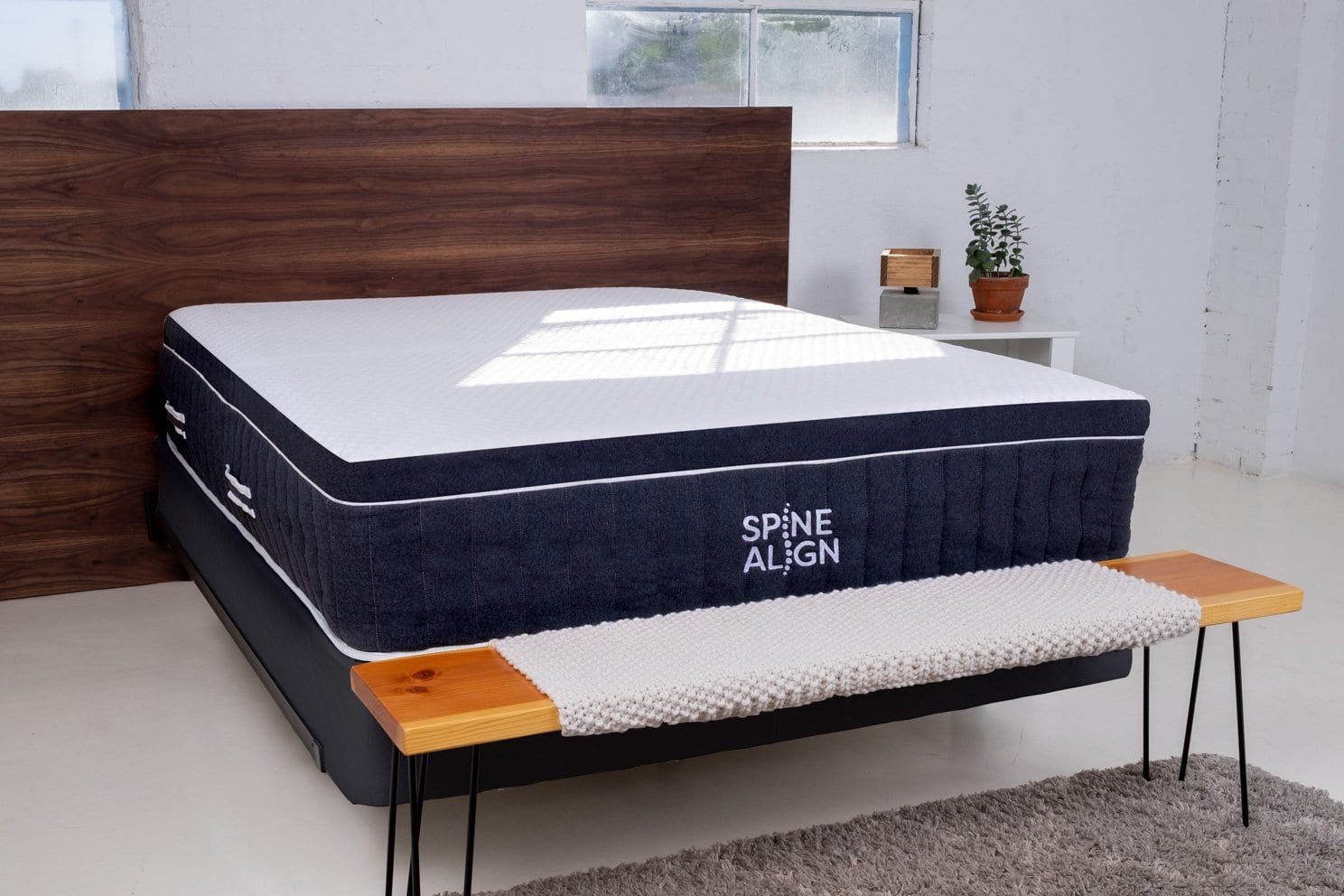If you notice low water pressure in your kitchen sink, the first thing you should check is the aerator. This small mesh screen at the end of the faucet can become clogged with mineral deposits and debris over time, causing a decrease in water flow. Simply unscrew the aerator from the faucet and clean it thoroughly with a brush or toothpick. Then, reattach it and turn on the faucet to see if the water pressure has improved.1. Check the aerator
If cleaning the aerator doesn't solve the issue, it's possible that it needs to be replaced. Over time, aerators can become corroded and damaged, reducing their effectiveness in regulating water flow. You can purchase a new aerator from a hardware store or online and easily screw it onto your faucet to restore proper water pressure.2. Clean the aerator
If the aerator is not the culprit, the next thing to check is the water shut-off valve. This valve controls the flow of water to your kitchen sink, and if it's not fully open, it can cause low water pressure. Make sure the valve is fully open by turning it counterclockwise. If it's already fully open, try turning it off and then back on again to see if that helps increase the water pressure.3. Check the water shut-off valve
If the water shut-off valve is fully open and the water pressure is still low, the problem may lie in the water supply line. Check to see if the line is kinked or damaged in any way. If it is, you may need to replace it. You can also try turning off the water supply to your home and then turning it back on to see if that helps clear any obstructions in the line.4. Check the water supply line
Clogged pipes can also be a common cause of low water pressure in kitchen sinks. To check for clogs, you can use a plunger or a drain snake to remove any blockages. If you're not comfortable doing this yourself, it's best to call a professional plumber to avoid causing further damage to your pipes.5. Check for clogs in the pipes
If you have a water pressure regulator installed in your home, it's worth checking to see if it's functioning properly. These devices are designed to regulate the water pressure coming into your home and can become damaged or malfunction over time. If you suspect your water pressure regulator is the issue, it's best to call a plumber to have it professionally inspected and repaired.6. Check the water pressure regulator
Leaks in your plumbing system can also contribute to low water pressure in your kitchen sink. Check for any visible leaks under your sink and in the pipes leading to your faucet. If you notice any leaks, it's important to have them repaired as soon as possible to prevent further damage and water loss.7. Check for leaks in the pipes
If the low water pressure is specific to your kitchen sink, try checking the water pressure in your other faucets. If the water pressure is low in all of your faucets, the issue may be with your main water line or the municipal water supply. In this case, it's best to contact your water provider for assistance.8. Check the water pressure in other faucets
If you've exhausted all of these troubleshooting steps and are still experiencing low water pressure in your kitchen sink, it's time to call a professional plumber. They will have the experience and tools necessary to diagnose and fix the issue, whether it's a problem with your plumbing system or the municipal water supply.9. Call a plumber
If your home consistently experiences low water pressure, even after trying these solutions, you may want to consider installing a water pressure booster pump. These devices increase the water pressure coming into your home and can provide more consistent and stronger water flow. However, it's best to consult with a plumber before installing a booster pump to ensure it is compatible with your plumbing system. In conclusion, low water pressure in your kitchen sink can be a frustrating and inconvenient problem. However, by checking and cleaning the aerator, inspecting the shut-off valve and supply line, and addressing any clogs or leaks, you can often resolve the issue yourself. If these solutions don't work, don't hesitate to call a plumber for professional assistance. With these tips, you can enjoy strong and consistent water pressure in your kitchen sink once again.10. Install a water pressure booster pump
The Importance of Proper Water Pressure in Kitchen Sink Design

How Water Pressure Affects Your Kitchen Sink
 When it comes to designing a functional and efficient kitchen, the water pressure in your kitchen sink is often overlooked. However, it plays a crucial role in the overall functionality and usability of your kitchen. Low water pressure can be a major inconvenience and can even affect the performance of your kitchen appliances. In this article, we will explore the importance of proper water pressure in kitchen sink design and how it can impact your daily tasks in the kitchen.
When it comes to designing a functional and efficient kitchen, the water pressure in your kitchen sink is often overlooked. However, it plays a crucial role in the overall functionality and usability of your kitchen. Low water pressure can be a major inconvenience and can even affect the performance of your kitchen appliances. In this article, we will explore the importance of proper water pressure in kitchen sink design and how it can impact your daily tasks in the kitchen.
The Causes of Low Water Pressure
 Before we dive into the solution, let's first understand the common causes of low water pressure in kitchen sinks. One of the most common reasons is a clogged or damaged water supply line. This can be caused by mineral buildup, debris, or even old and corroded pipes. Another possible cause is a faulty pressure regulator, which is responsible for maintaining consistent water pressure throughout your home. In some cases, the issue might also lie with the municipal water supply, such as low water pressure during peak usage times.
Before we dive into the solution, let's first understand the common causes of low water pressure in kitchen sinks. One of the most common reasons is a clogged or damaged water supply line. This can be caused by mineral buildup, debris, or even old and corroded pipes. Another possible cause is a faulty pressure regulator, which is responsible for maintaining consistent water pressure throughout your home. In some cases, the issue might also lie with the municipal water supply, such as low water pressure during peak usage times.
The Impact of Low Water Pressure in Your Kitchen Sink
 Having low water pressure in your kitchen sink can be frustrating, to say the least. It can make it difficult to perform everyday tasks such as washing dishes, filling pots, or even getting a glass of water. It can also affect the performance of your dishwasher and other kitchen appliances that rely on proper water pressure to function efficiently. Additionally, low water pressure can lead to longer wait times for hot water, resulting in wasted time and energy.
Having low water pressure in your kitchen sink can be frustrating, to say the least. It can make it difficult to perform everyday tasks such as washing dishes, filling pots, or even getting a glass of water. It can also affect the performance of your dishwasher and other kitchen appliances that rely on proper water pressure to function efficiently. Additionally, low water pressure can lead to longer wait times for hot water, resulting in wasted time and energy.
The Solution: Proper Kitchen Sink Design
 The key to avoiding low water pressure in your kitchen sink is proper design. This includes choosing the right faucet and ensuring that your water supply lines are in good condition. Installing a water pressure regulator can also help maintain consistent water pressure throughout your home. Additionally, consider the layout and placement of your kitchen sink to ensure that it is not too far from the main water supply line, as this can also affect water pressure.
In conclusion,
proper water pressure is crucial for a well-designed and functional kitchen sink. By understanding the causes and impact of low water pressure, you can take the necessary steps to prevent it and ensure a smooth and efficient cooking experience. So next time you experience low water pressure in your kitchen sink, remember the importance of proper kitchen sink design.
The key to avoiding low water pressure in your kitchen sink is proper design. This includes choosing the right faucet and ensuring that your water supply lines are in good condition. Installing a water pressure regulator can also help maintain consistent water pressure throughout your home. Additionally, consider the layout and placement of your kitchen sink to ensure that it is not too far from the main water supply line, as this can also affect water pressure.
In conclusion,
proper water pressure is crucial for a well-designed and functional kitchen sink. By understanding the causes and impact of low water pressure, you can take the necessary steps to prevent it and ensure a smooth and efficient cooking experience. So next time you experience low water pressure in your kitchen sink, remember the importance of proper kitchen sink design.



:max_bytes(150000):strip_icc()/CompleteAerator-3e947443dd424faeb92a9c9c0a45d8dd.jpg)
/RemovingAeratorAssembly-99881d30169b43cebc3fe72f6d4b25b9.jpg)


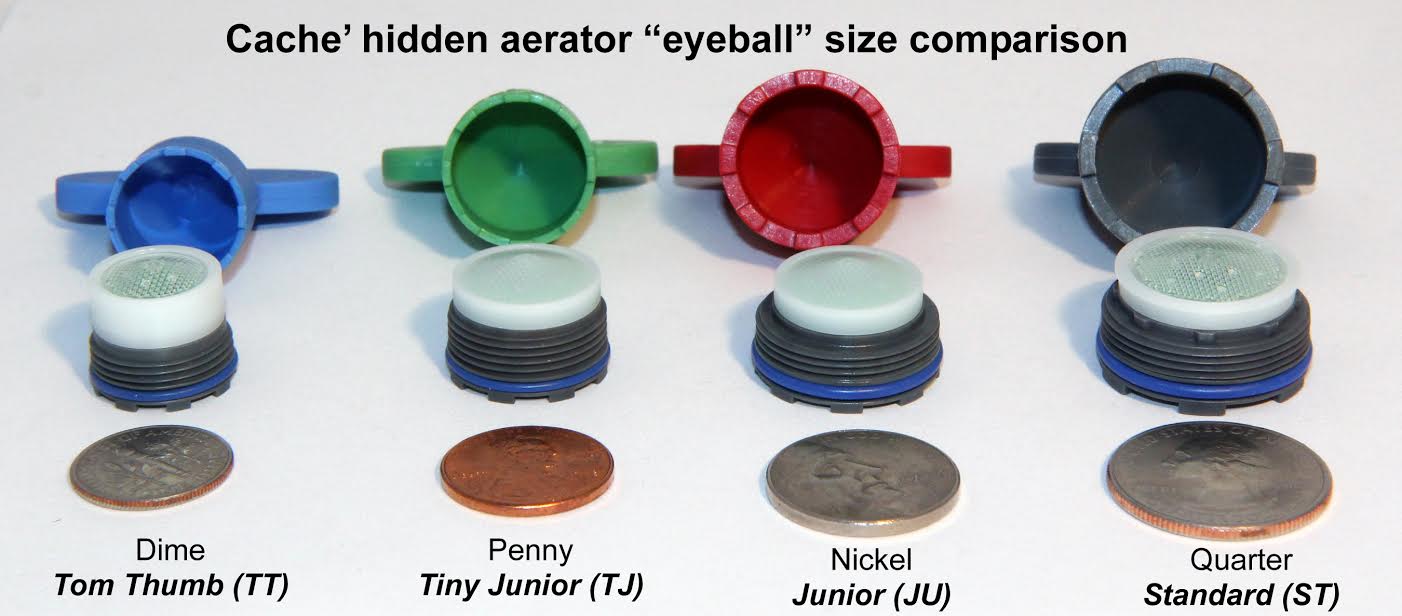


/SinkAerator-87017aa9831f4f89a2f3d304b8465e6c.jpg)

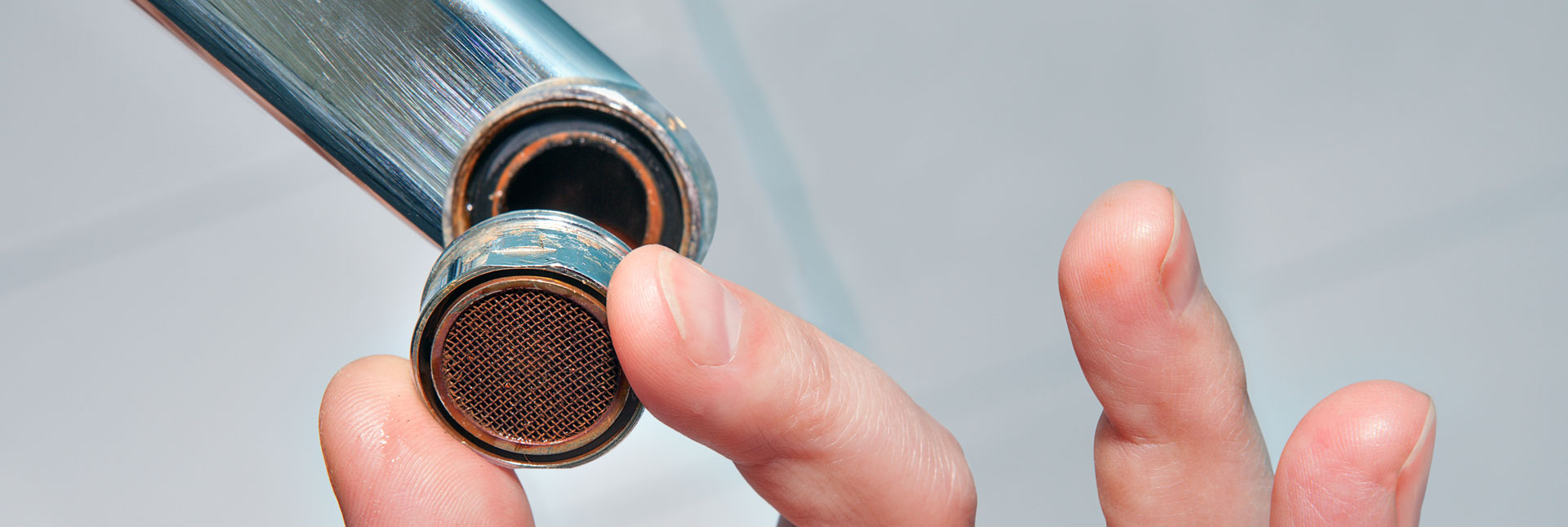








:max_bytes(150000):strip_icc()/clearing-a-blocked-faucet-aerator-2718807-07-b5a90554991f4bb69efb45a472df7f23.jpg)
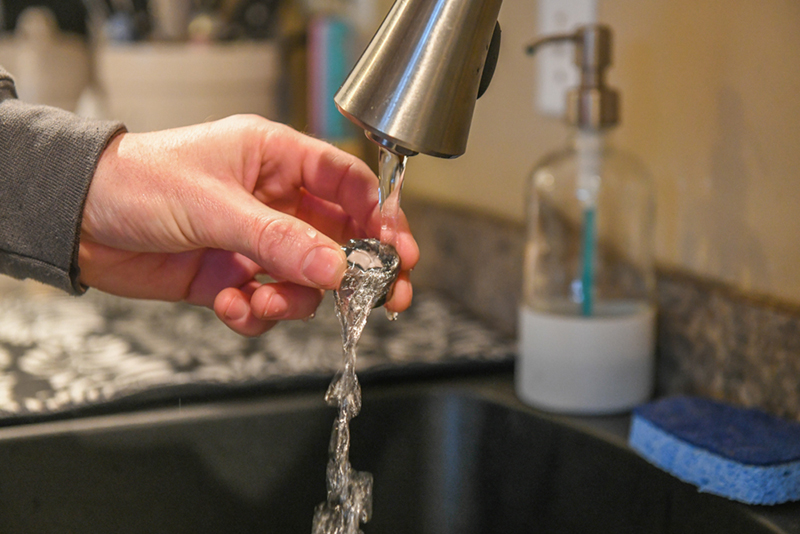






:max_bytes(150000):strip_icc()/water-shut-off-valve-types-2718739-hero-fff0f5191aeb45d595492f8c9b4b4be2.jpg)
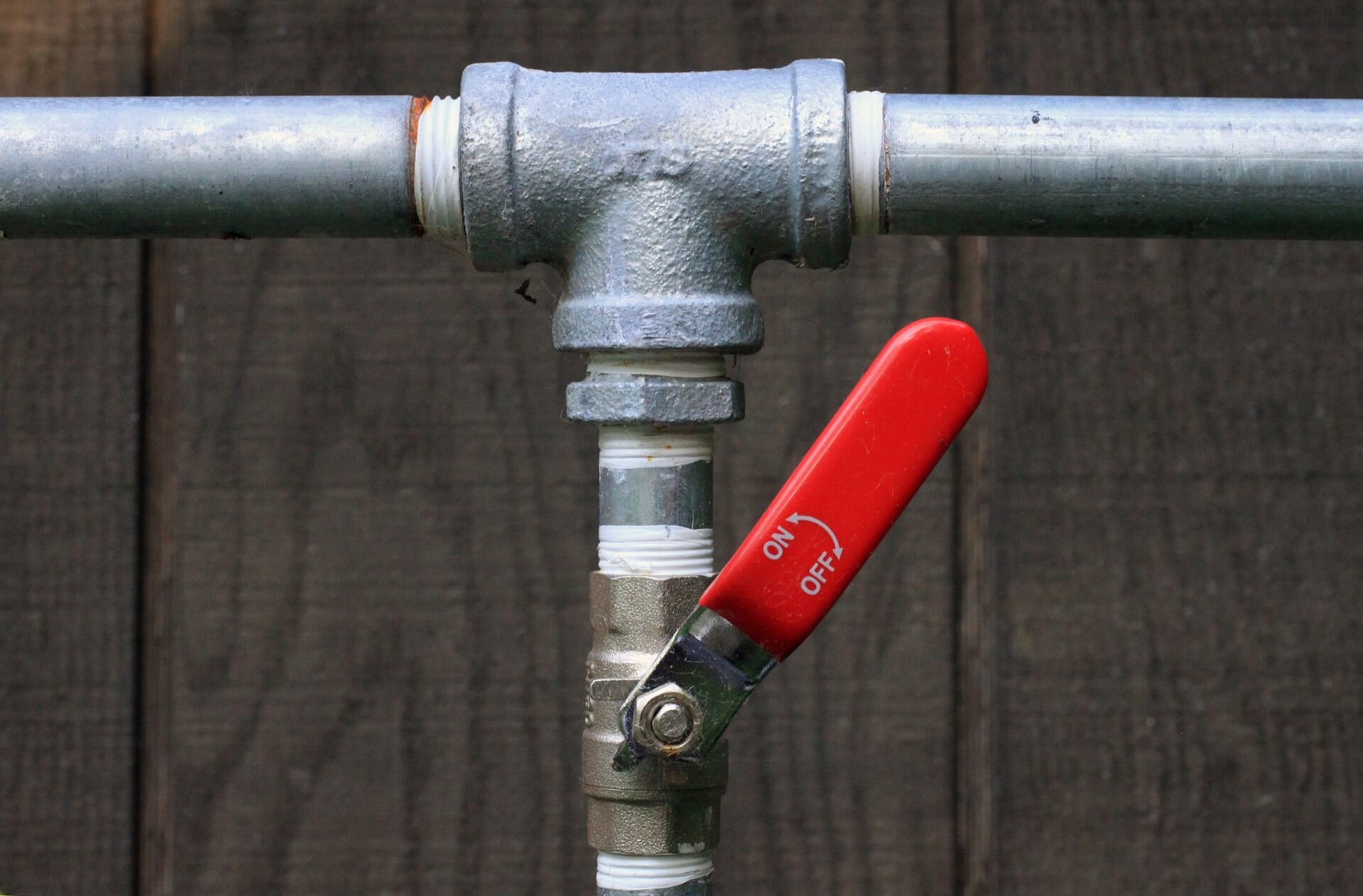

:max_bytes(150000):strip_icc()/how-to-replace-a-main-water-shutoff-valve-5194137-hero-81d052b6de0a4f9e85bfbf539bc8b11b.jpg)






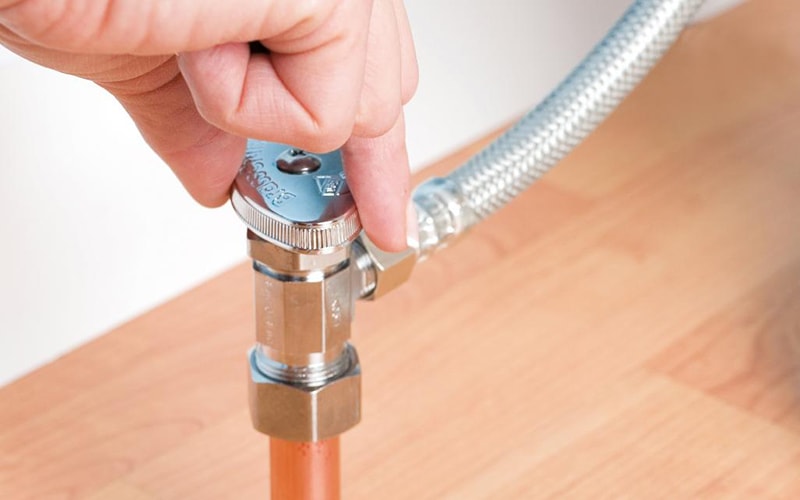




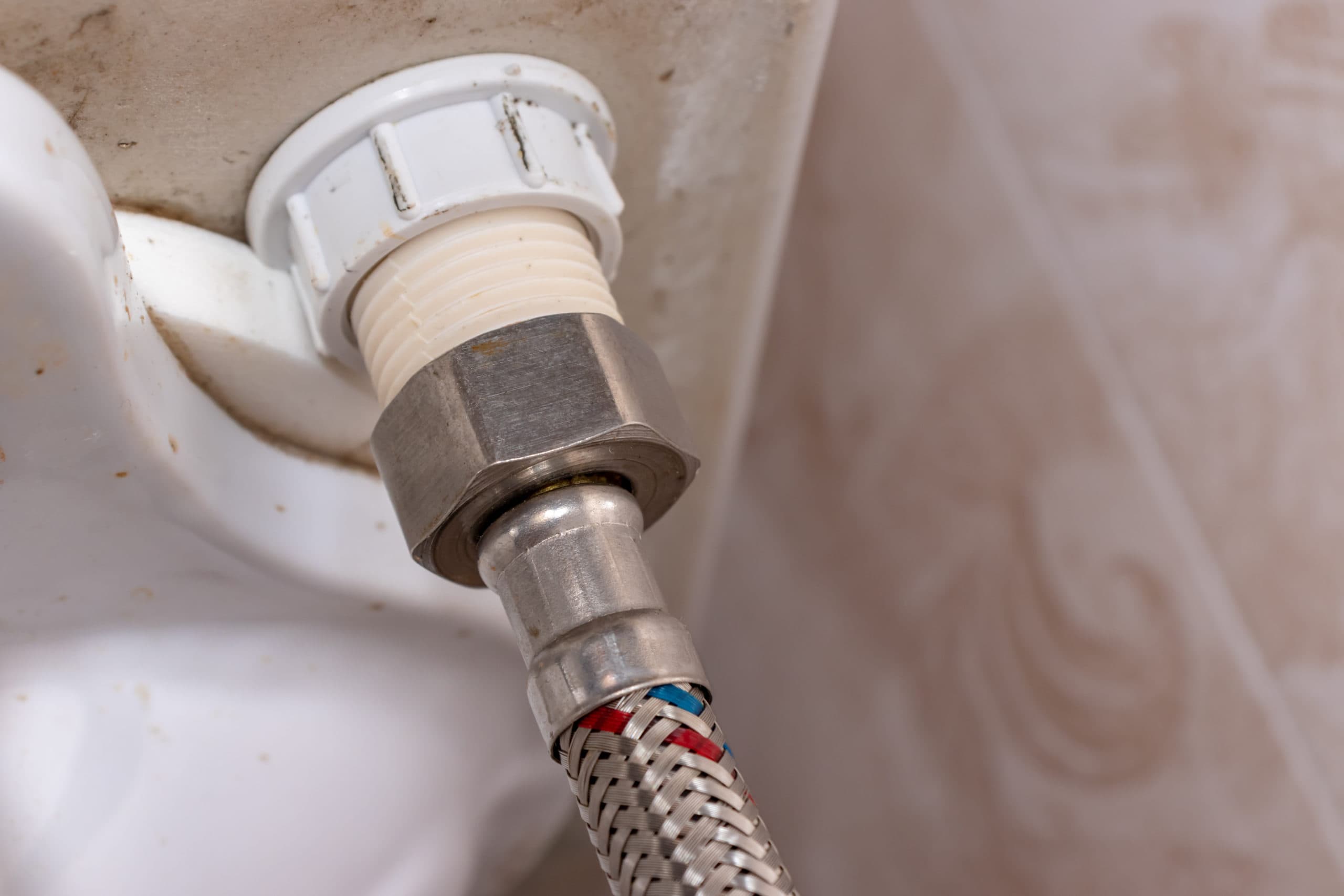















:max_bytes(150000):strip_icc()/the-men-s-hand-opens-the-ball-valve-on-the-collector-1006810456-5c5fc73fc9e77c000159c4af.jpg)

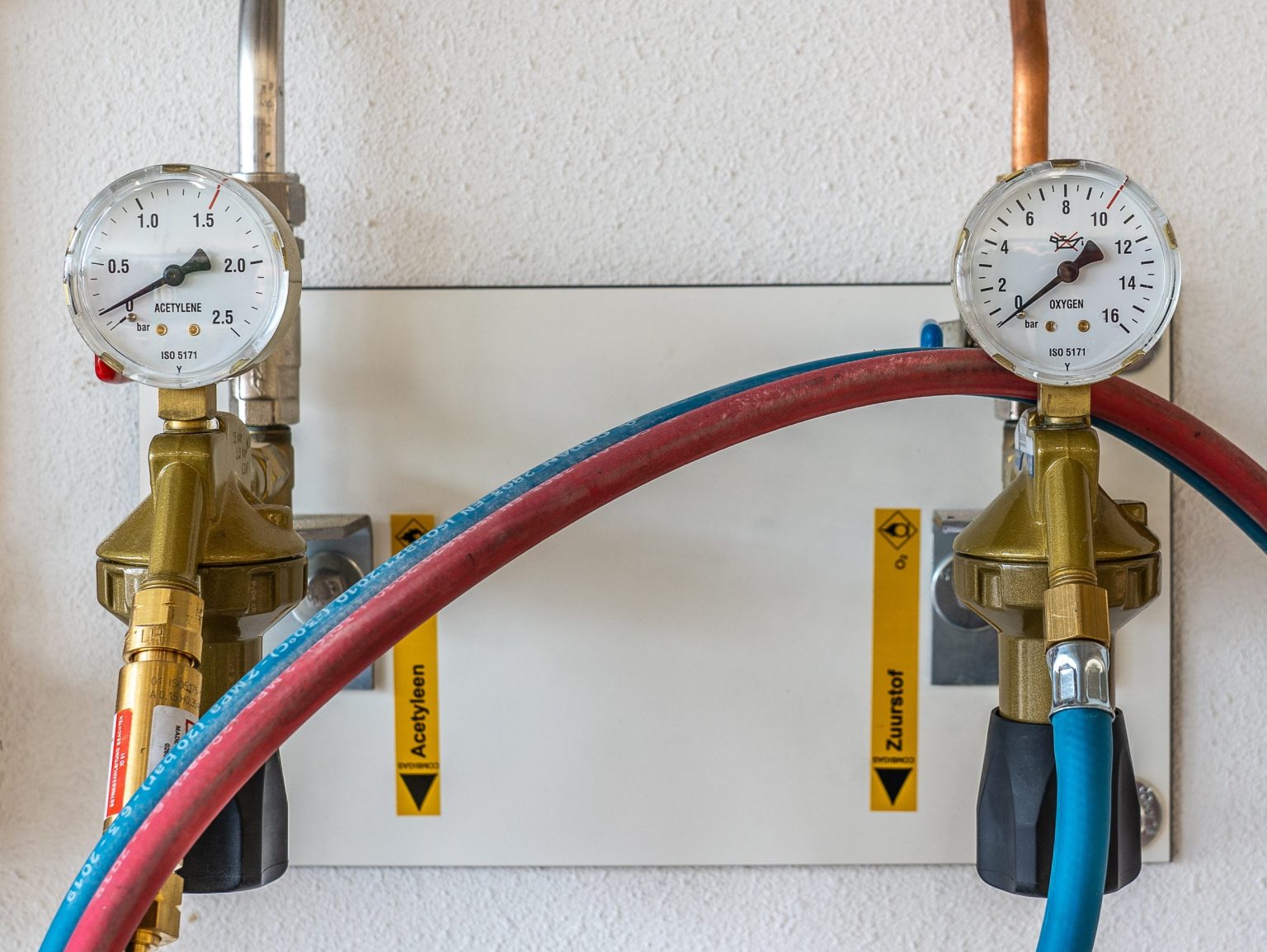












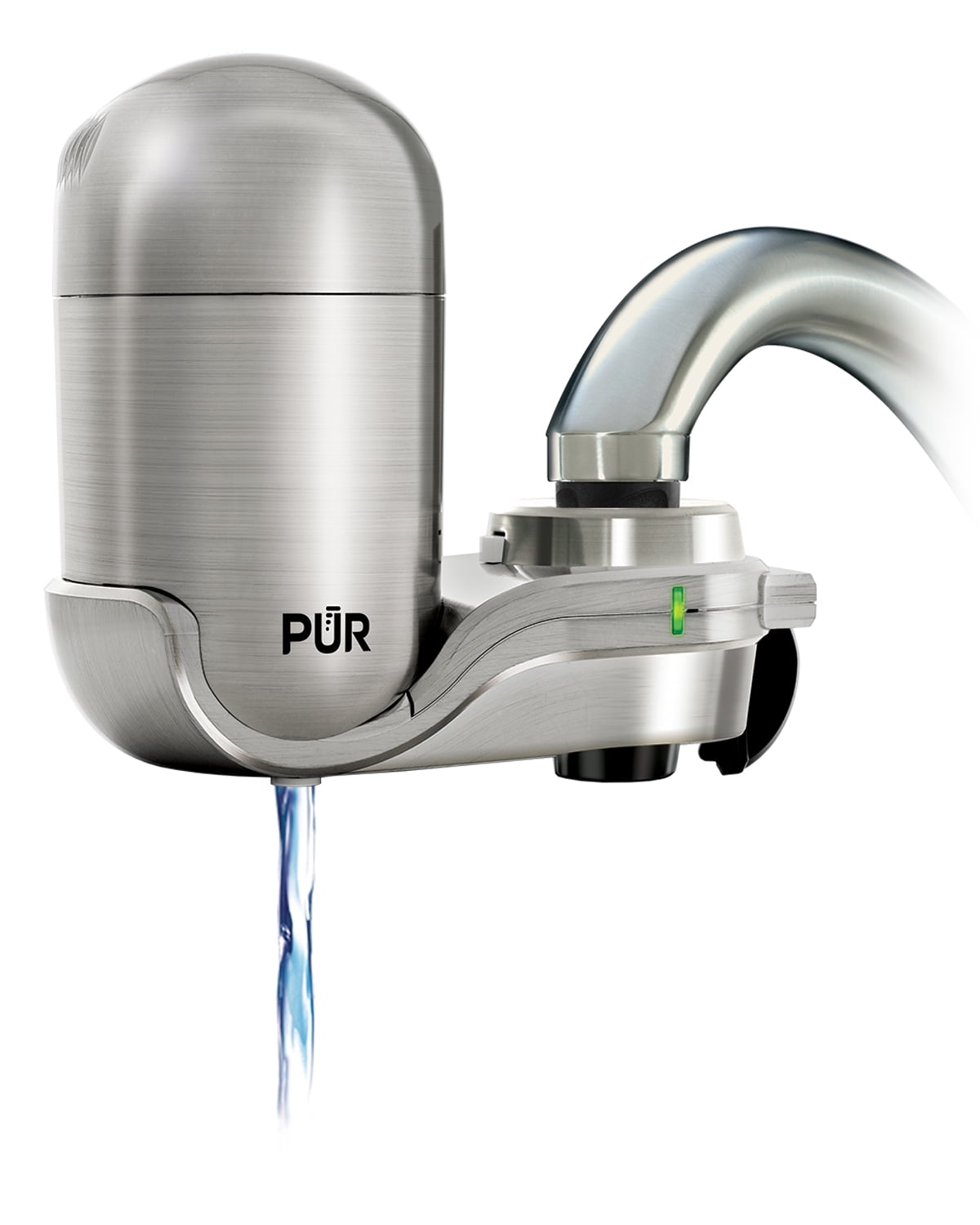





:max_bytes(150000):strip_icc()/testing-water-pressure-in-your-home-2718692-04-c37ab3236d0d4b61b87079ebf9ef823e-c1e1ef0104fb44778a287bd9bb5ec140.jpeg)









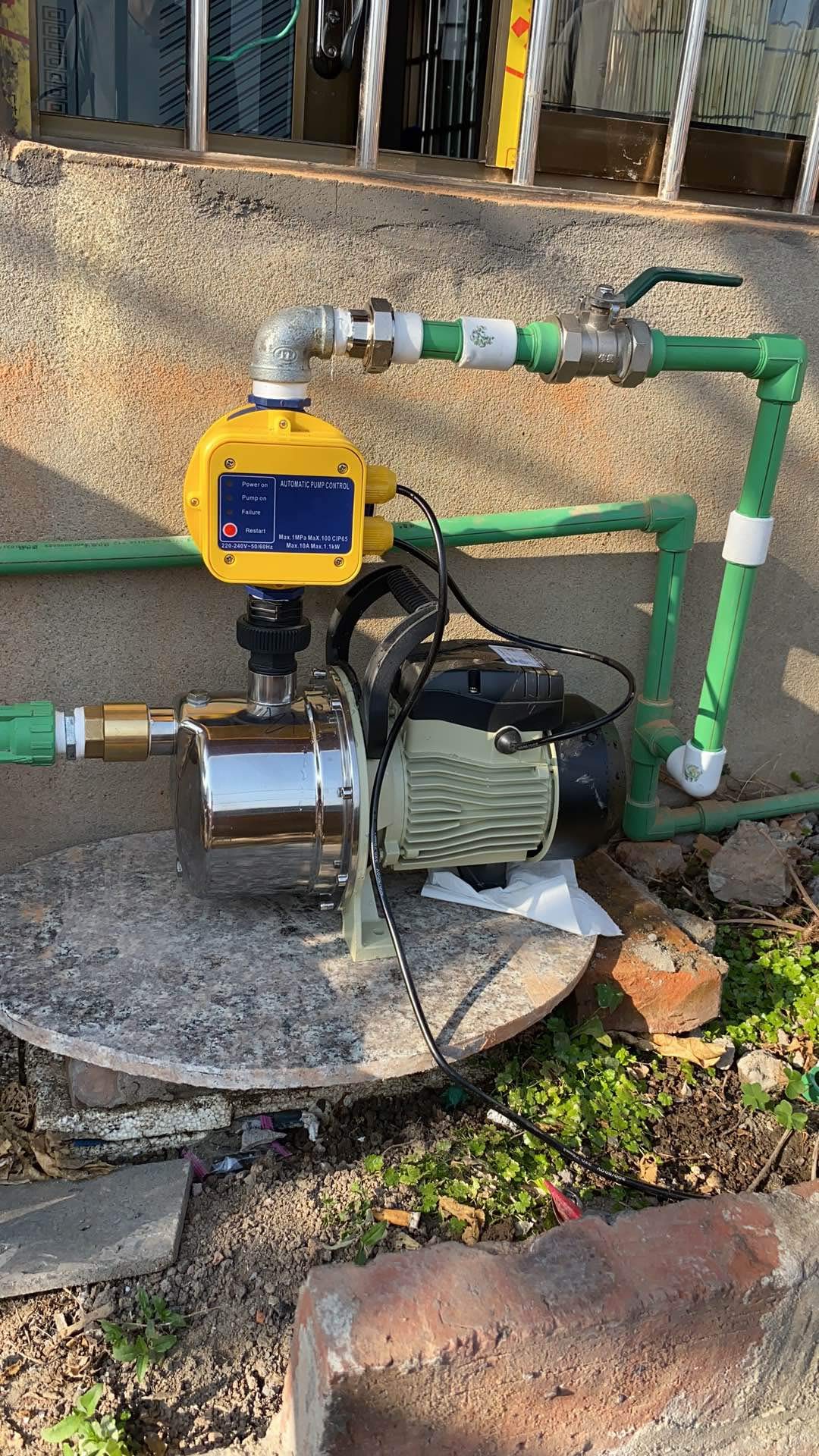


-844-p.jpg?v=ede30092-5775-434a-b8ca-07306b3bbe53)

